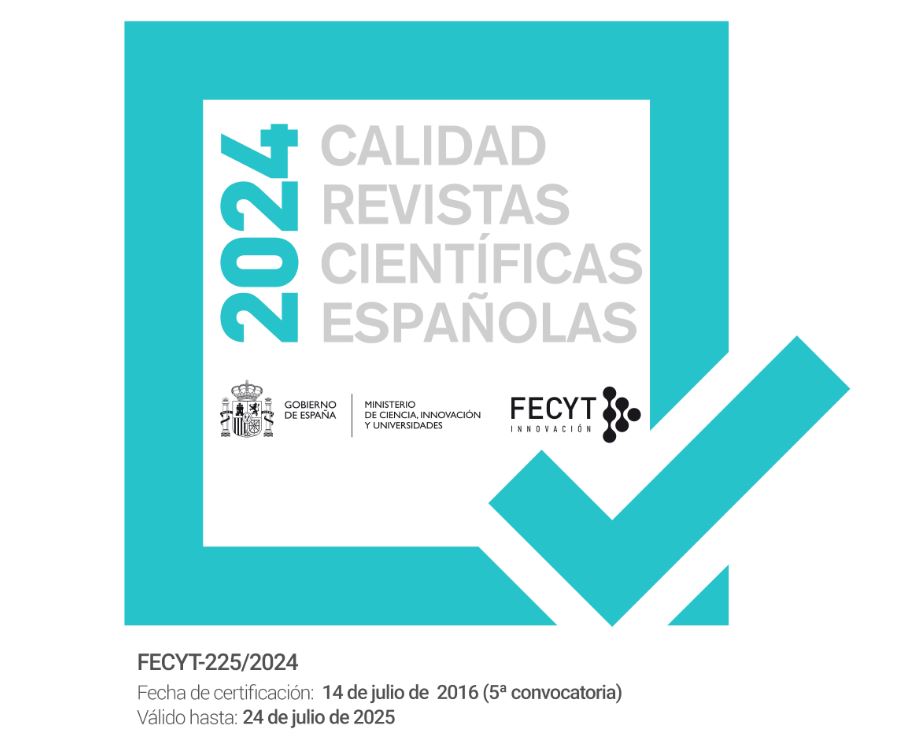Urraca imagined: Representations of a Medieval Queen
DOI:
https://doi.org/10.30827/arenal.v21i1.2263Keywords:
Historical narrative, Representation, Tradition, Misogyny, Gender, Urraca, Castile and Leon, 12th century, Chronicles, LiteratureAbstract
This article presents a double reflection on historical heuristics and hermeneutics: the multiple perspectives that each historical time casts on the past are the consequence of specific inheritance received from tradition and historical contexts which allow room for eventually original innovations. They all have equal moral and epistemological status, including our present view, if not in terms of the quality of the factual reconstruction or final aims, rather in terms of its nature. They all are reconstructions of a narrative representation with a specific semiotic, political and social dimension of the position, interests and understanding of groups in dialogue with their present and future audiences. The various historiographical views on the figure of the controversial Twelfth-century Queen Urraca of Castile and Leon is the case study used to put in context the continuities and discontinuities in the representation of the feminine gender, in order to perform an exercise in intellectual humility.
Downloads
Downloads
Published
How to Cite
Issue
Section
License
Los/as autores/as que publican en esta revista están de acuerdo con los siguientes términos:
Los autores/as conservarán sus derechos de autor y garantizarán a la revista el derecho de primera publicación de su obra, el cuál estará simultáneamente sujeto a la Licencia de reconocimiento de Creative Commons 4.0 BY-NC-ND que permite a terceros compartir la obra siempre que se indique su autor y su primera publicación esta revista.
Los autores/as podrán adoptar otros acuerdos de licencia no exclusiva de distribución de la versión de la obra publicada (p. ej.: depositarla en un archivo telemático institucional o publicarla en un volumen monográfico) siempre que se indique la publicación inicial en esta revista.
Se permite y recomienda a los autores/as difundir su obra a través de Internet (p. ej.: en archivos telemáticos institucionales o en su página web) antes y durante el proceso de envío, lo cual puede producir intercambios interesantes y aumentar las citas de la obra publicada. (Véase El efecto del acceso abierto).














